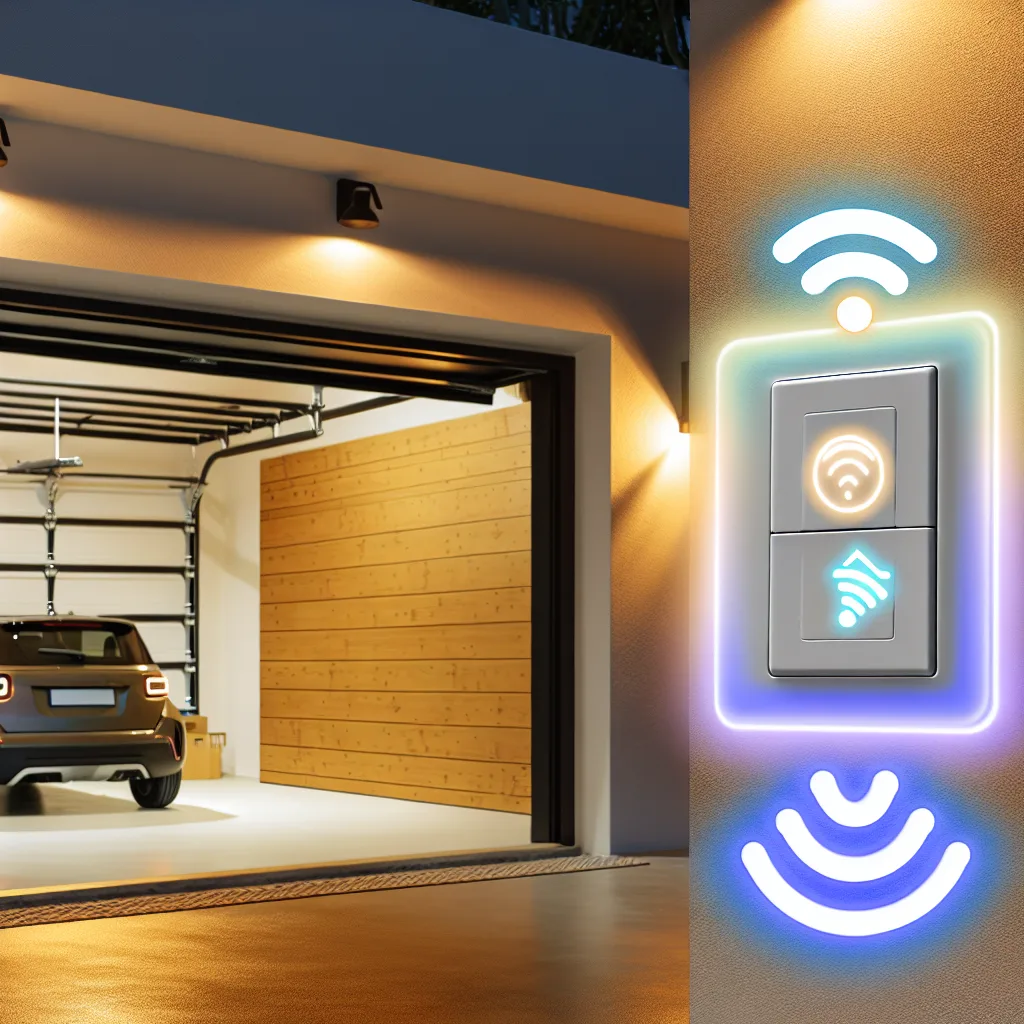I went looking for a single smart switch with a physical timer for my garage lights. It doesn’t really exist. But I found a better solution.
It all started with a simple, almost perfect device: a timer switch for my garage lights. You know the one. A column of buttons—5 min, 15 min, 30 min, 1 hr. I’d be heading out, hands full, and just tap the 5-minute button with an elbow. The lights would pop on, I’d get in the car, and I’d never have to wonder if I left them on. They’d just turn off automatically. Simple. Reliable.
But then there was the arrival. I’d pull into the garage, and the only light that would greet me was the dim, lonely bulb from the garage door opener itself. It cast just enough light to make spooky shadows. I wanted the main lights to turn on. I had a problem that my simple timer couldn’t solve, and it sent me down a rabbit hole looking for the perfect smart timer switch—a device that could give me that physical button I loved for leaving, but also the smarts to turn on the lights when I arrived.
Spoiler alert: a single device that does both things perfectly is incredibly hard to find. But I found a workaround that’s even better.
Why Is a True Smart Timer Switch So Elusive?
I spent hours searching. It seems like you can get one or the other, but rarely both in one elegant package. On one side, you have the classic mechanical or digital timer switches. They are self-contained and work on a simple electrical circuit. They don’t have Wi-Fi or any way to talk to the rest of your smart home.
On the other side, you have a world of smart switches. They are fantastic at automation and remote control via an app or voice assistant. You can set schedules, create complex rules, and link them to other devices. But almost none of them come with those handy, one-touch “turn off in X minutes” physical buttons. The functionality exists in the app, but not on the wall where you need it. The two designs solve two different problems, and it seems manufacturers haven’t seen a reason to combine them.
So, if you can’t buy one device, you have to build the solution yourself. And honestly, it’s easier than it sounds.
The Best Workaround: Building Your Perfect Smart Timer Setup
Instead of looking for a single gadget, the solution is to create a small system using two or three smart devices that work together. You get your physical button, your smart automation, and a much more flexible setup.
Here’s the recipe:
- A Great Smart Switch: This is the brains of the operation. You’ll replace your old switch with a reliable smart switch. I’m a big fan of the Lutron Caseta line because it’s rock-solid, but other brands like Leviton or TP-Link Kasa work well, too. This switch will connect to your Wi-Fi or a hub, allowing you to control it from your phone.
- A Physical “Timer” Button: Here’s the magic trick. Instead of a built-in timer, you use a wireless smart button or remote. The Lutron system has the Pico remote, a small wireless remote that can be mounted on the wall right next to your new smart switch. It looks and acts just like a light switch, but it’s completely wireless.
-
A Smart Trigger: You need something to tell the lights when you’ve arrived. This can be a smart garage door opener (like the Chamberlain MyQ) or a simple, inexpensive smart door sensor on the garage door itself.
When you put these three pieces together, you get the best of both worlds.
How to Create Your Garage Smart Timer Switch
Ready to put it all together? It’s basically two simple automations.
Automation #1: The Smart Arrival
This is the easy one. Once your smart switch and garage door sensor are set up, you just need a simple rule in your smart home app (like Apple Home, Google Home, Alexa, or the Lutron app).
The logic is simple:
- WHEN the Garage Door Sensor status changes to “Open”…
- THEN turn on the Garage Lights switch.
That’s it. Now, whenever you pull into your garage, the main lights will turn on automatically, welcoming you home. No more fumbling in the dark.
Automation #2: The Physical Timer for Leaving
This is where you replicate your old timer switch. Using the Pico remote (or another smart button), you can create a rule that mimics the timer.
The logic looks like this:
- WHEN the top button on the Pico Remote is pressed…
- THEN turn on the Garage Lights.
- AND THEN wait for 5 minutes, and then turn off the Garage Lights.
Now you have a physical button on the wall that you can tap as you leave. The lights will come on, and you can walk away knowing they’ll turn themselves off in a few minutes. You get the exact same convenience as your old switch, but with all the added benefits of a smart system. According to tech sites like The Verge, this kind of component-based setup offers far more flexibility than a single-purpose device.
So, while the all-in-one smart timer switch of my dreams might not exist just yet, this modular solution turned out to be even better. It gives me the simple physical control I wanted and the smart automation I needed, all working together seamlessly.
